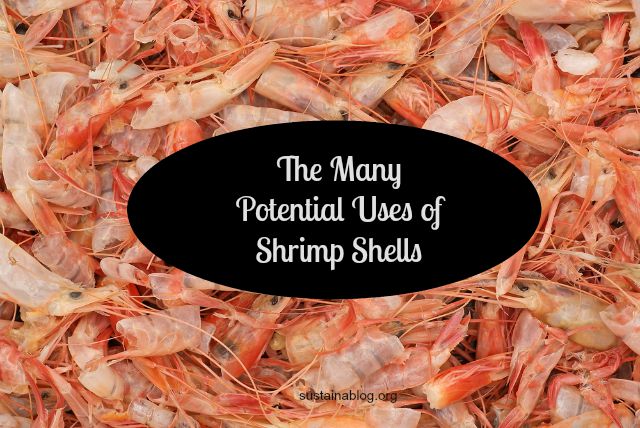Had a meal from shellfish lately? What did you do with the shells? Toss them in the trash? Compost them? Make stock? Those shrimp shells, crab shells, and others aren’t just useful at the small scale of our kitchens: in larger volumes, they’ve got great potential for industrial applications. And considering that 6-8 million metric tonnes (or 6.6-8.8 “short” tons) of these shells go into the waste stream each year, that could represent a huge redirection of “trash’ into economically viable materials.
According to a new article in Nature, seafood shells contain three chemicals that have multiple industrial applications: protein (for fertilizers and animal feeds), calcium carbonate (for pharmaceutical, agricultural, construction, and paper industries), and chitin (for a wide range of industries and CO2 sequestration). Here’s how the useful chemicals in those shrimp shells break down:

The last one may be the most exciting: as chitin is a nitrogen-rich compound, it’s pretty unique among forms of biomass. That also gives it real value on the industrial market: over 2 million metric tonnes of nitrogen-rich Ethanolamine (ETA) are used each year, with $3.5 billion in sales. That doesn’t mean the other materials aren’t important on the sustainability front, though: calcium carbonate, for instance, otherwise comes from mined materials that may contain heavy metals.
While some technological experiments with seafood shells have produced results, there’s still a lot of work to do: authors Ning Yan and Xi Chen note that some “creative chemistry” will be necessary to make economic use of this material. But some ideas are already out there, and the chemist believe that finding an affordable way to extract these materials from all of the shrimp shells heading to the landfill won’t be any more difficult that figuring out how to make biofuel out of woody biomass.
Yan and Chen’s article is pretty interesting: this is a fairly major food waste stream, so finding large-scale uses for it could prove really beneficial. Know anything about the potential for recycling shells? Share it with us in the comments…
Photo credit: Shutterstock

